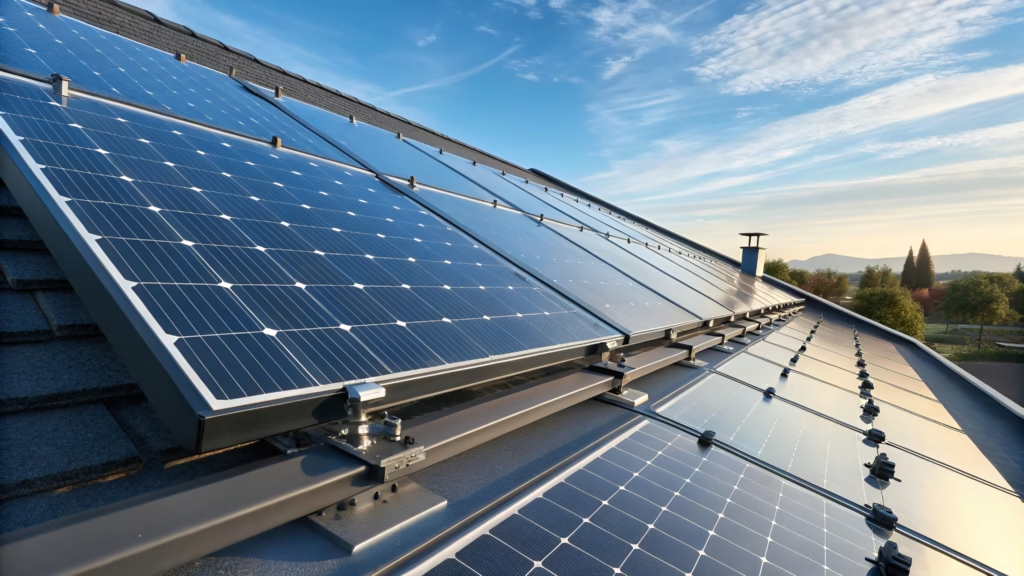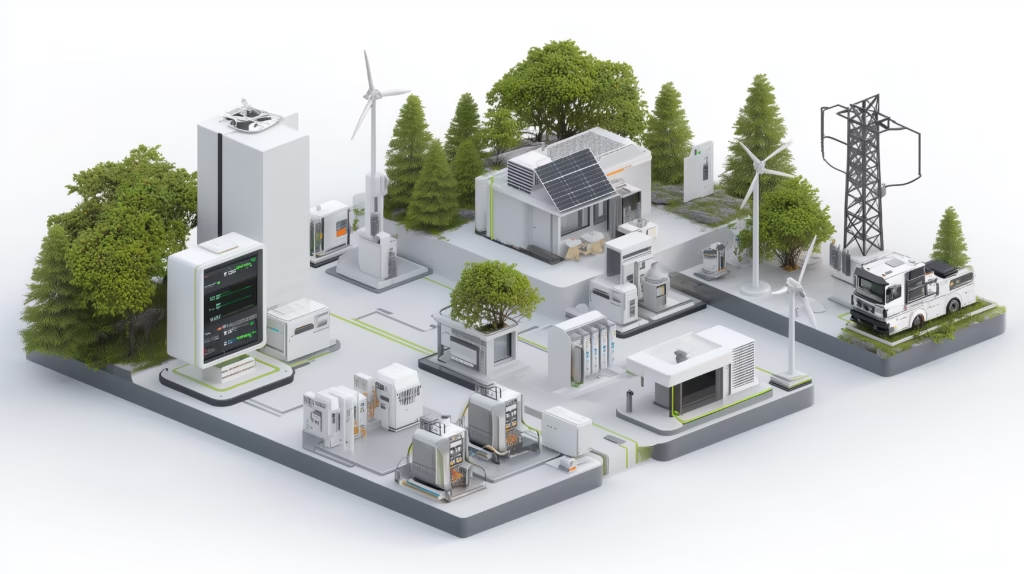


Solar Microgrids and mini-grids have emerged as vital solutions for remote areas lacking access to stable electricity. These systems play a crucial role in advancing sustainable energy while addressing energy justice and equity issues. They provide not only the necessary power for homes and businesses but also fruitful opportunities for local development.
Understanding Solar Microgrids and Mini-Grids
Microgrids are localized grids that can operate independently or in conjunction with the main power grid. They integrate various energy sources to provide reliable electricity, making them ideal for remote areas. Mini-grids, on the other hand, typically serve a smaller group of users, like a village or community, using batteries, renewables, and sometimes diesel generators. Both systems contribute to energy resilience and sustainability.
Solar for Remote Areas
Solar energy is particularly suited for these applications due to its scalability and decreasing costs. Solar Microgrids can use various solar technologies, such as photovoltaic panels, to generate electricity directly from sunlight, which can then either be stored or distributed to meet demand. With advances in photovoltaic technology, solar energy has become more efficient, even in areas with lower sunlight exposure.
Benefits of Solar Microgrids and Mini-Grid Systems
-
Accessibility: Solar Microgrids and mini-grids are transformative for remote areas where traditional grid infrastructure is absent or unreliable. They provide essential services like lighting, heating, and refrigeration.
-
Economic Growth: Access to electricity stimulates local economies by enabling small businesses to thrive. Energy can support refrigeration for agricultural products, fueling local markets and improving food security.
-
Sustainability: These systems help reduce reliance on fossil fuels, leading to lower greenhouse gas emissions. Solar energy is renewable, abundant, and widely available, making it an environmentally friendly option.
-
Job Creation: Establishing these systems creates job opportunities in installation, maintenance, and energy management within local communities. Training programs can be implemented to enhance skills, contributing to local job markets.
-
Energy Resilience: Solar Microgrids can function independently during power outages, enhancing energy resilience. They provide communities with a dependable power source that is less susceptible to widespread outages.
Key Components of Solar Microgrids and Mini-Grids
- Solar Panels: Capture sunlight and convert it into electricity.
- Inverters: Convert direct current (DC) generated by solar panels into alternating current (AC) for household use.
- Batteries: Store excess energy produced during the day for use at night or during cloudy periods.
- Controllers: Manage the energy flow in the system, ensuring a stable power supply.
Challenges Faced
While the potential of Solar Microgrids and mini-grids is substantial, several challenges exist:
-
High Initial Costs: Though prices have dropped, the upfront cost of equipment and installation can be a barrier for low-income communities. Funding and financing strategies must be developed to support these projects.
-
Technical Capacity: Many remote areas lack the technical expertise needed to maintain and operate these systems. Training and capacity-building efforts are essential to ensure long-term sustainability.
-
Regulatory Hurdles: Government regulations can sometimes hinder the deployment of renewable energy systems in rural areas due to bureaucratic processes or lack of supportive policies.
Future Outlook
The future for solar micro and mini-grids looks promising. As technology continues to improve and prices decrease, more communities are likely to adopt these systems. Energy policies that encourage renewable energy, alongside innovative financing mechanisms, will propel growth in this sector.
Governments, NGOs, and private investors can help facilitate the development of these systems by creating favorable environments for investment and innovation. Collaborative efforts can maximize the adoption of renewable energy, ensuring that the benefits are equitably shared among all, especially in underserved communities.
The Role of Data and Innovation
Integration of digital technologies, including energy management systems and smart meters, can optimize energy use. Data analytics allows operators to better predict energy demand, manage resources efficiently, and enhance the overall reliability of supply.
Moreover, advancements in energy storage technology will significantly impact the effectiveness of solar micro and mini-grids. With improved battery technologies, energy can be stored more efficiently, providing communities with a steady supply even during periods of low sunlight.
Conclusion
Solar micro and mini-grid systems hold tremendous potential for empowering remote communities. They provide access to clean energy, promote economic development, and contribute to sustainability goals. Addressing the obstacles in funding, training, and regulation will unlock further benefits, solidifying these systems as critical components for future energy solutions.
For further insights on renewable energy technologies and innovations, feel free to read related articles, such as The Role of Renewable Energy in Economic Growth and Investment Strategies for Sustainable Energy Solutions on our blog.
Visit Andromeda Energy for more information on renewable energy solutions tailored for your community.
For Further Detail
https://www.renewableenergyworld.com/


Leave a Reply